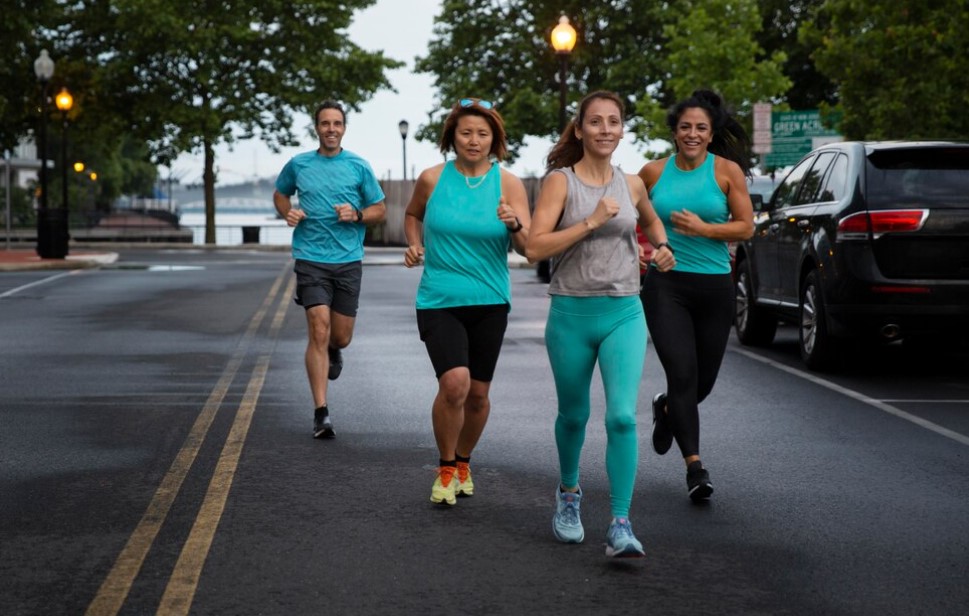The Competitive World of Racewalking: A Comprehensive Guide

Racewalking is a fascinating blend of speed, stamina, and technique. Its competitions provide a platform for athletes to display skill and endurance. If you are new to racewalking or already competing, this article gives you a detailed view of racewalking competitions. We will cover the types of events, rules, training and even touch on the history of this unique sport.
Types of racewalking events
Racewalk competitions come in various distances and settings. The most popular distances are 5km, 10km, 20km, and 50km. These races can take place on outdoor tracks, city roads, or even indoor arenas.
Shorter distances, often 3,000 to 5,000 meters, usually occur on tracks. This feature makes them more accessible for beginners. Road events, typically longer, present a different set of challenges, like varying terrains and weather conditions. Understand the differences in these events to pick the one that suits your skills and preparation level.
For those looking for something less conventional, ultra-distance racewalk events exist. These extend beyond the 50km and can test endurance and mental fortitude.
What are the rules and regulations?
Every sport has its rules, and racewalking is no exception. The most fundamental rule is that one foot must touch the ground at all times. Your supporting leg must straighten from first contact until it stands vertically. These rules keep racewalking distinct from running. Judges monitor the athletes closely during events, and infringements can result in penalties or disqualifications.
It is essential to familiarize yourself with other rules, too. It includes regulations about the racecourse, start and finish protocols, and the use of refreshment stations. Awareness of these rules helps you focus on your performance rather than worrying about accidental rule-breaking.
Training for competition
Preparing for a racewalk event is a multifaceted process. Start by building a solid aerobic foundation with consistent walking sessions. Integrate interval training to enhance speed and cardiovascular endurance. Hill walks fortify leg muscles and offer variations in your routine. As race day approaches, practice race simulations to get a feel for the pace and strategy you will employ.
Mental preparation is just as crucial as physical training. Visualization techniques, mindfulness, and stress management tools can give you the psychological edge for competitive racewalking. Remember, racewalking is as much a test of mental resilience as physical endurance.
History and global influence
Racewalking has a rich history that traces back to the 19th century. Originating in England as a competitive form of pedestrianism, it quickly gained popularity. The sport entered the Olympic Games in 1904, and its presence has grown internationally.
Today, racewalking enjoys a global following, with countries from all continents participating in international competitions. Athletes from Russia, China, and Mexico have historically dominated the sport. Still, new talents are emerging worldwide, making the field more competitive.
Conclusion
Racewalk competitions offer an intriguing mix of strategy, skill, and stamina. From choosing the suitable event to understanding the rules and rigorous training, excelling in this sport is a journey that demands dedication. Are you ready to step into the thrilling world of competitive racewalking? Lace up your shoes, hit the tracks, and let the race begin!